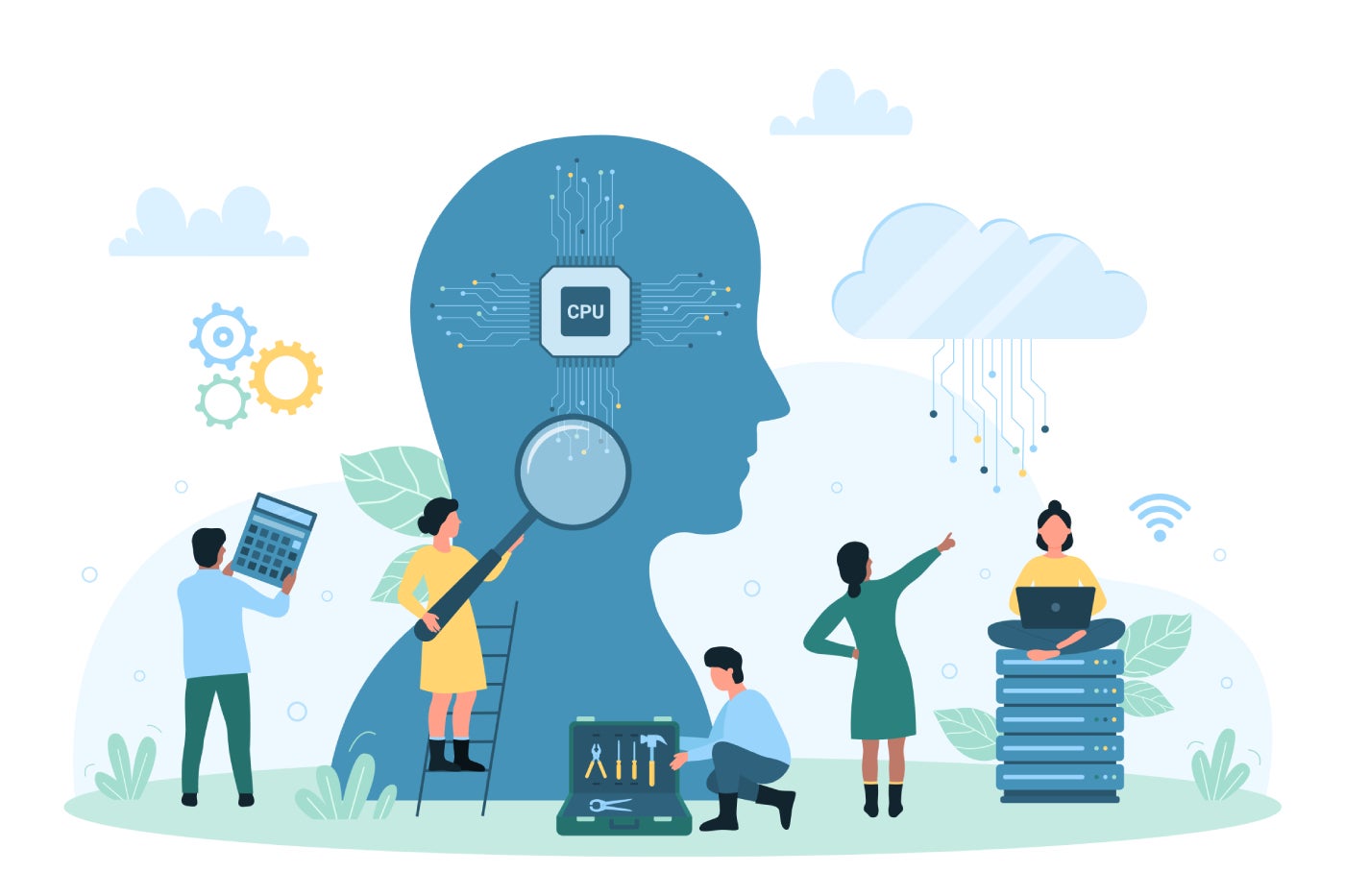Australian workforces feel less enabled to use AI than global workforces, according to a survey from Qualtrics, whose lead behavioural scientist has recommended employers pursue an employee-centric approach to rolling out AI or risk resistance to future innovation initiatives.
The Qualtrics 2025 Employee Experience Trends report, which included responses from 2,040 Australian employees, found that only one-third (35%) of Australian employees agree their organisation is currently providing them with the AI enablement and training they need to succeed.
A similar number (38%) said their company has AI guidelines, ethics, or principles — a low figure compared with a global result of 52%. Additionally, only 58% of local workers believe business decision makers understand the new AI technologies well enough to manage them effectively.
SEE: Australian organisations behind China, U.S and U.K for AI adoption
Cecelia Herbert, principal behavioural scientist at Qualtrics, said employee resistance is not holding back workplace progress with AI. In fact, more than half of Australian employees are opting to use AI tools they have found themselves, with 32% of local workers using them daily or weekly.
“The real inertia stems from the lack of the tools, training, and guidance employees need in the modern workplace,” she said.
Speaking with TechRepublic, Herbert said current predictions suggest 60% of the workforce will have their jobs significantly impacted by AI technologies. However, she highlighted how the Qualtrics data revealed that only 35% are receiving the training and enablement they need to use these tools.
“Everybody’s very excited about AI, particularly if you’re leading a business,” she explained. “Where the rubber hits the road is that it’s not the AI tools that do it for you; the productivity and efficiency gains are only actualised when the humans, the people, your employees using those AI tools are the ones doing it.”
Employees not included in ‘job crafting’ as job tasks eaten by AI
Australian employees are more likely to be optimistic than pessimistic about AI and how it could change the nature of their work. However, Herbert said compared to the results from global markets, local employees were actually more skeptical and concerned about AI’s impact.
This skepticism can be partially attributed to local employers not consulting their employees enough on AI-induced changes to their work. Just 44% of respondents in Australia said they were involved in deciding how their job will be done in the future, or “job crafting,” compared with 59% that were being consulted globally.
“They [Australian respondents] had lower levels of optimism, which is not a surprise given that they also have lower chances for job crafting, they have lower levels of enablement, and they have lower levels of guidance [on AI] as well,” Herbert said. “So it’s not surprising to see those two things go together.”
SEE: Qualtrics bets on AI changing the game for customer experience
Organisations that bring in AI to replace or augment certain tasks would be freeing up employee energy and focus for other areas, but Herbert said this process involved asking what these jobs will look like in future. They will need to craft what new skills and capabilities will be required in partnership with AI tools.
Herbert explained that if employees feel excluded and disempowered, they are likely to experience anxiety about AI and its impact on the future of their jobs. According to behavioural science, this lack of inclusion makes them more likely to resist AI technology implementations.
“They’re going to resist using these tools. They will be more skeptical of their use,” Herbert predicted. “They will have a higher level of cynicism towards them and the products that they produce, the output and analytics that they produce. So it is going to be like swimming upstream against the tide.”
Working with HR teams essential for AI technology project success
Herbert recommended enterprises and IT leaders take an employee-centered change management approach to the digital and technical transformation going on across Australian workplaces, including with AI. She said this would be a differentiator in the market — and a competitive advantage.
Taking an employee-centered approach will require technology leaders to work closely with HR leaders, she said, so that employees are brought along on the AI journey. “If your HR leader isn’t one of those executives leading those transformations, they’re probably going to fail,” she said.
Herbert added: “Your HR or your people teams need to be in partnership with you. They understand people. They understand roles and how jobs are done. They understand the culture, systems and processes needed to ensure employees are able to do their best work, particularly with new tools and new skills.
SEE: TechRepublic’s selection of the best AI courses in 2024
“If [technology transformations] are not being planned alongside and in partnership with HR and the people teams, that is a very big signal that those change transformations are probably not going to hit the mark, and it probably won’t be because of a technical issue or a licensing issue or a procurement issue.”
Herbert noted that IT teams, in tandem with HR, should plan on building the necessary AI skills in their existing workforces rather than relying on future recruitment to bring skills into their organisations.
“You’re not going to be able to go out and source those [AI skills] in the talent market,” she explained. “They’re going to come from your employees. Because those skills and capabilities are being developed alongside the technology, and you actually need a base level of these capabilities in every role.”






